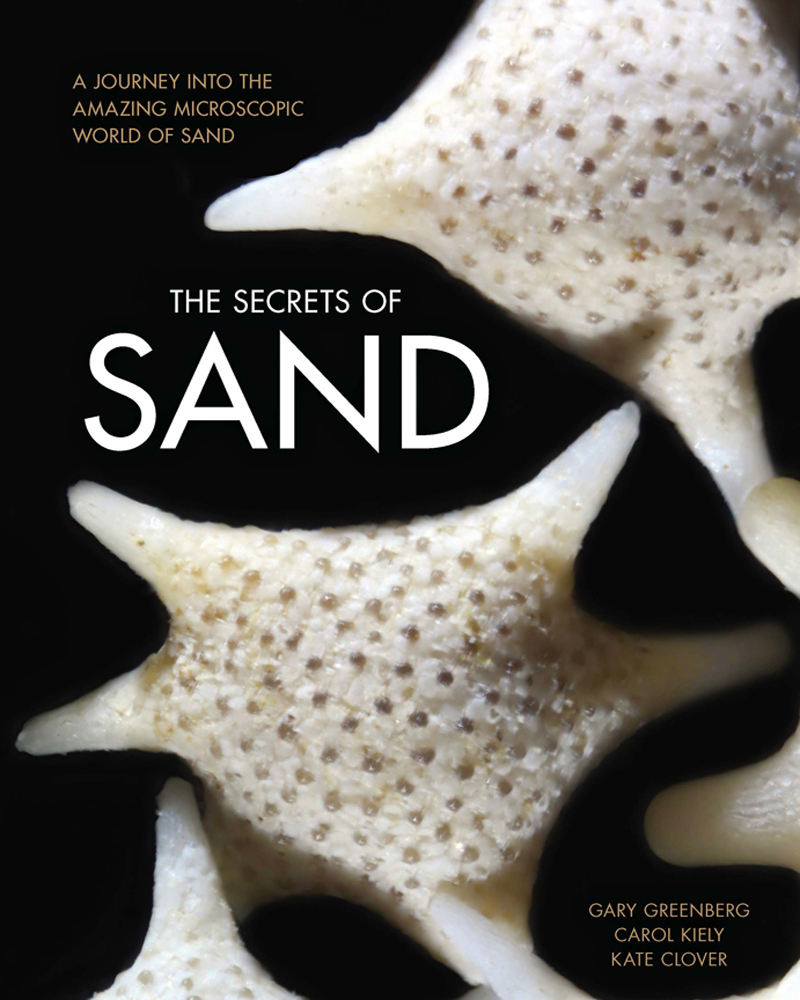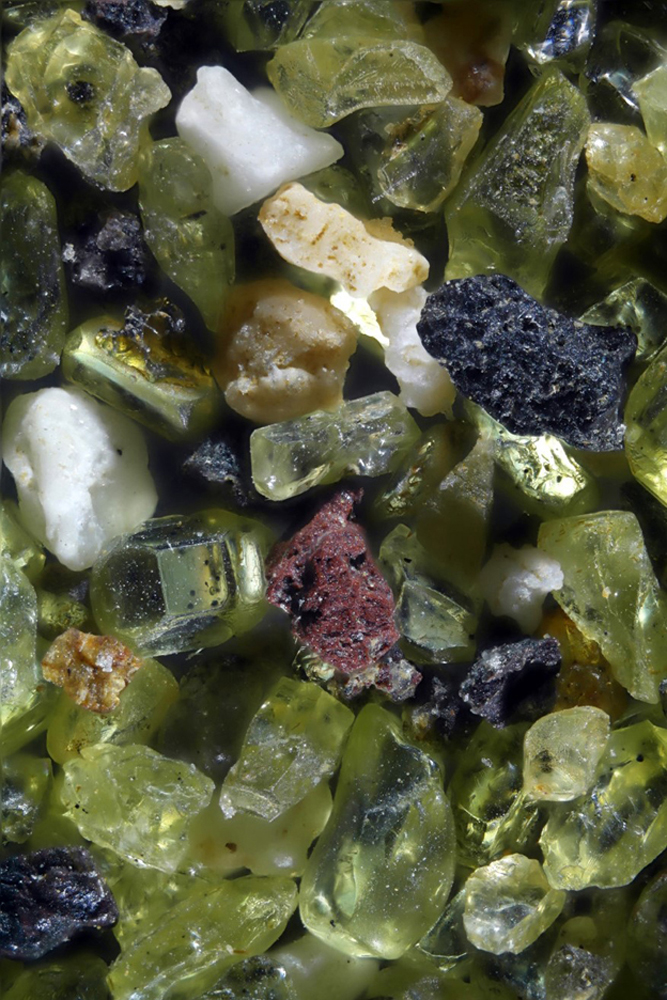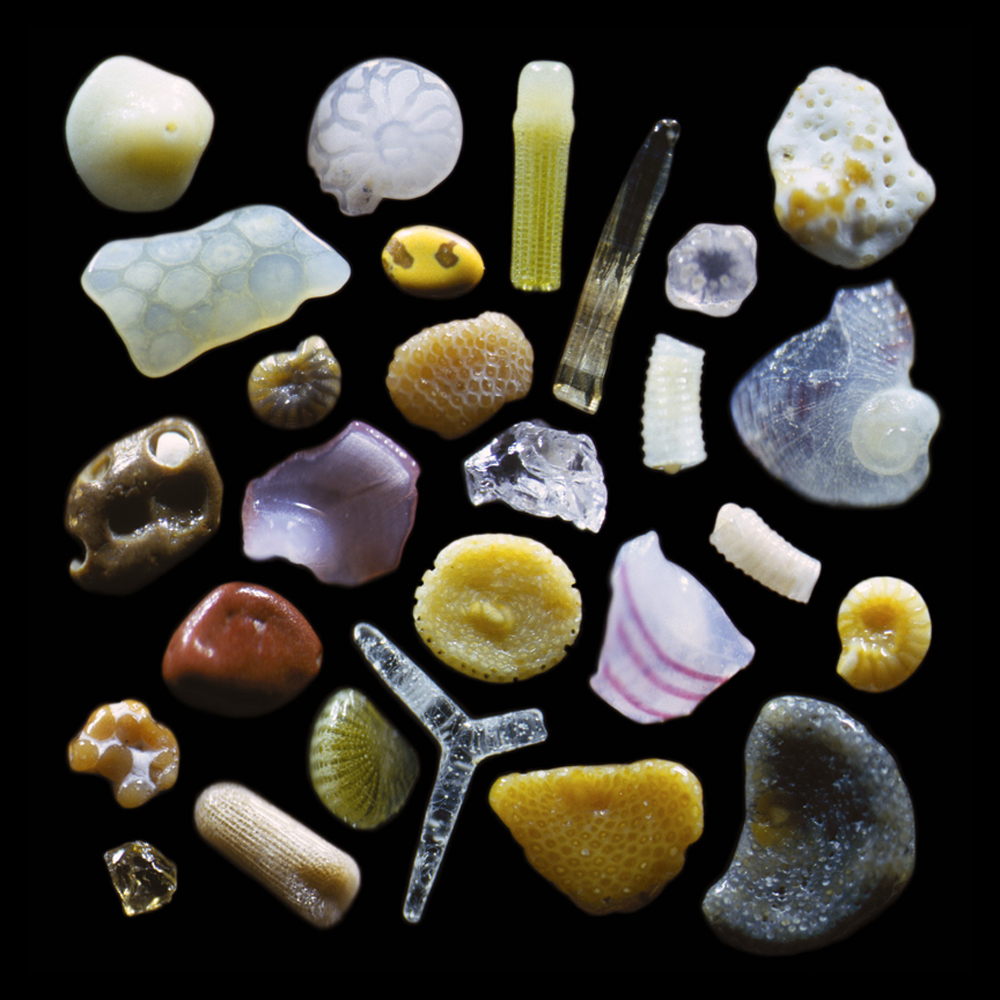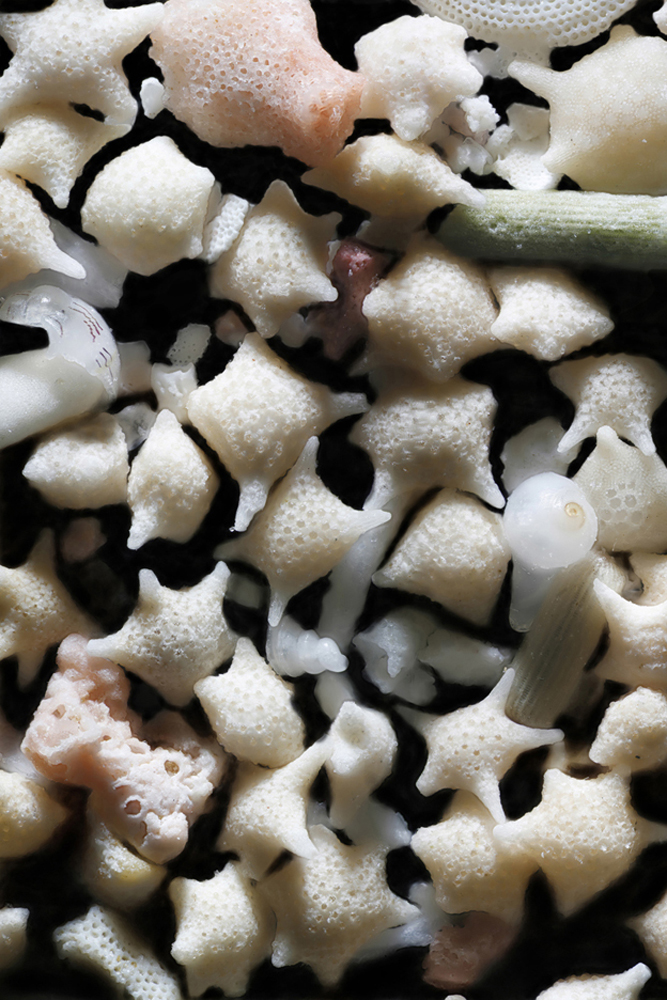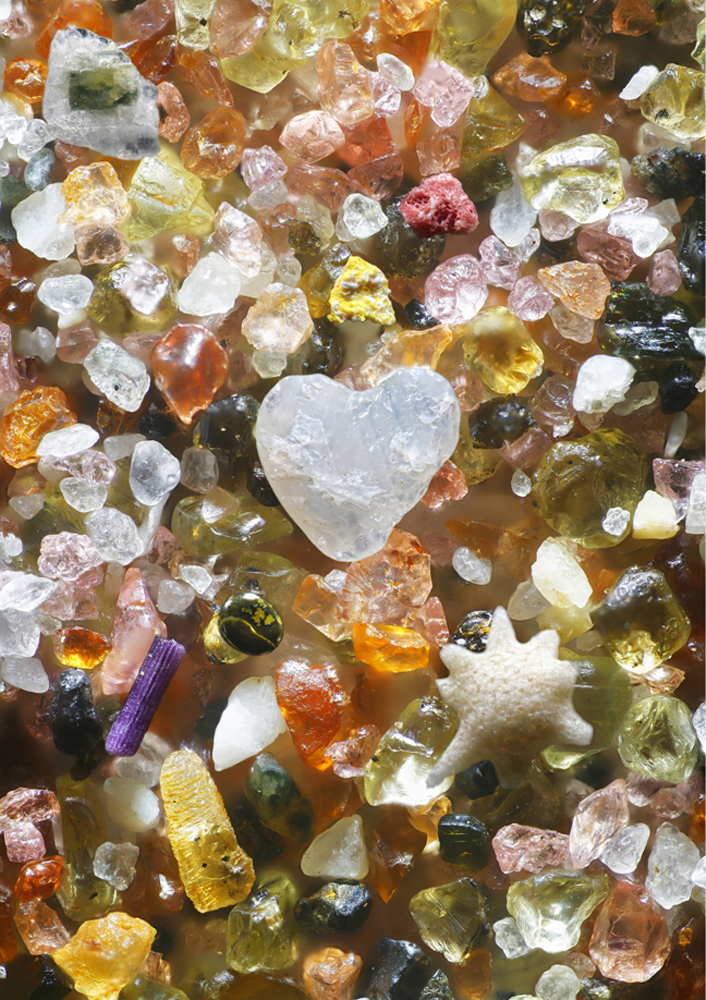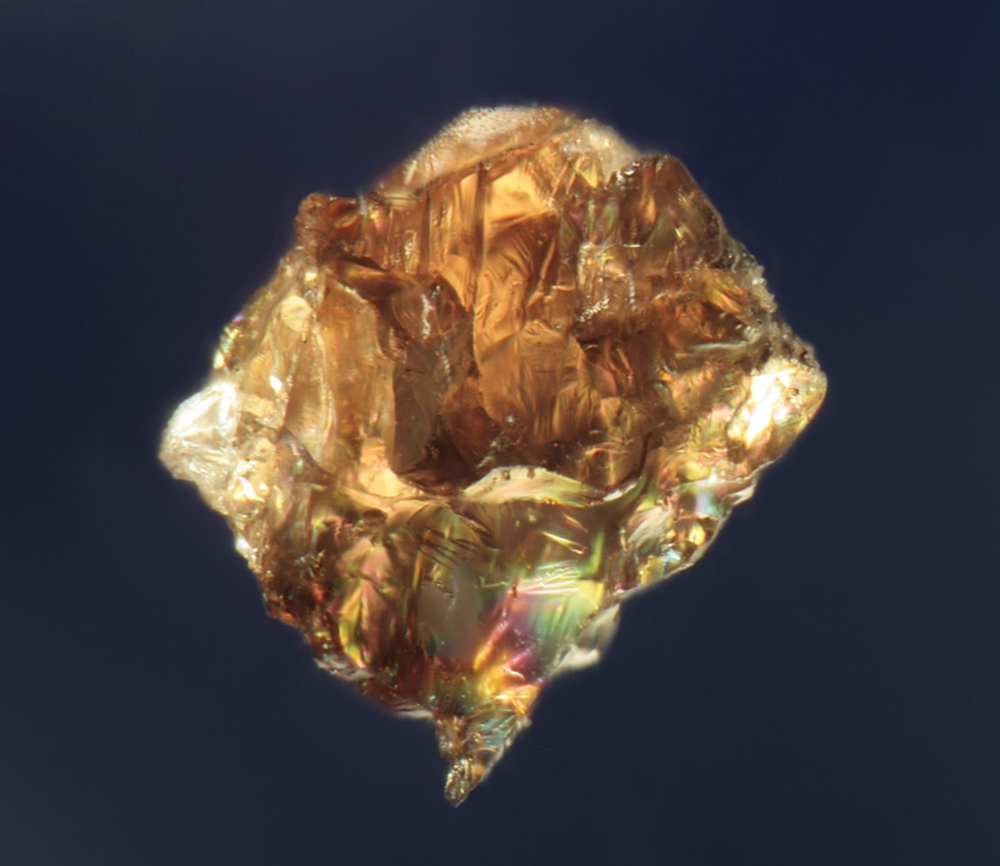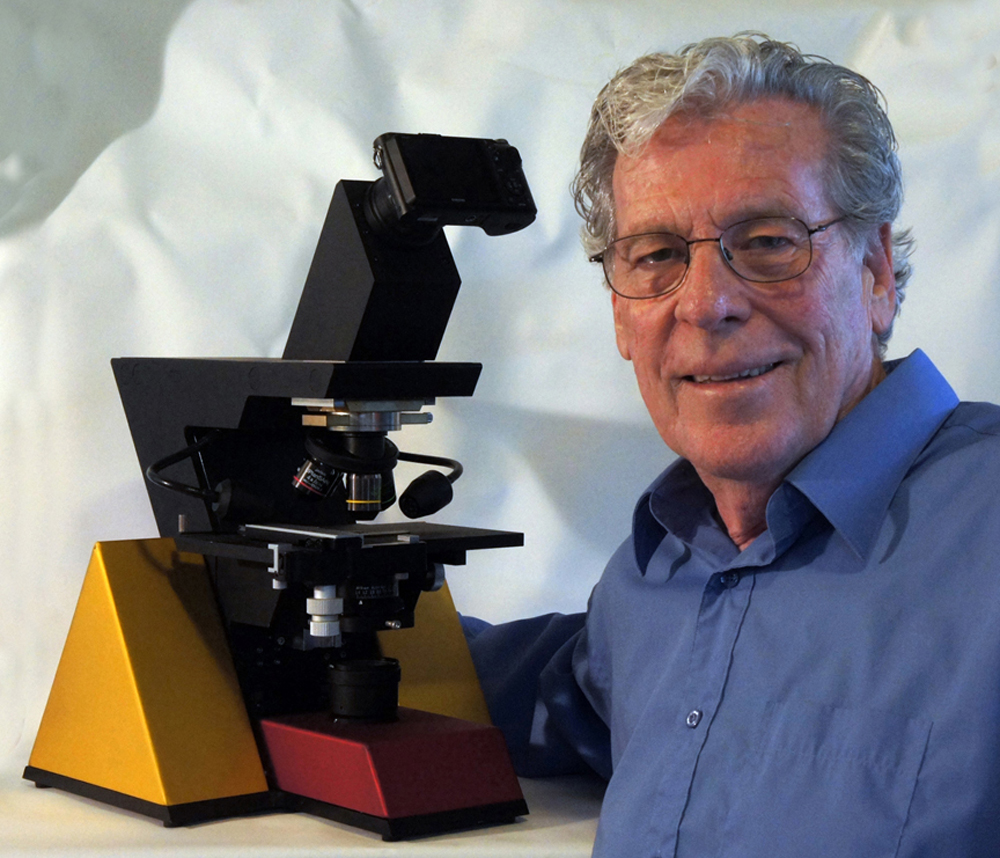Sand's Tiny Secrets Unlocked in Dazzling Images (Photos)


Gary Greenberg is a photographer and filmmaker with a Ph.D. in biomedical research. Following an assistant professorship at the University of Southern California, he co-founded Edge Scientific Instrument Corp., developing high-definition 3D light microscopes, for which he has been issued 19 U.S. patents. He is currently a research affiliate at the University of Hawaii Institute for Astronomy. He contributed this gallery to Live Science's Expert Voices: Op-Ed & Insights.
As you walk along a beach, you are treading upon years of geological and biological history. Modern microscopes allow us to perceive and appreciate the amazing details of these tiny sculptures that make up much of the world around us. Present-day microscope technology reveals how different environments shape grains of sand into nature's tiny works of art, showing that each particle is a jewel waiting to be discovered — each with its own story to tell.
Mineral sands originate from the erosion of rock into tiny grains. When granite rock erodes by the forces of wind, rain, ice and multiple freeze-thaw cycles, the angular grains of feldspar, quartz, mica and other minerals are liberated. They are transported to lakes via streams, rivers and glaciers, and on their journey, their original crystal shapes begin become more rounded by the forces of erosion. Many continental beaches have a high percentage of quartz sand grains because quartz survives the forces of erosion longer than other minerals. The pounding surf is responsible for rounding and polishing the rugged quartz grains.
Biological sands tell the story of the plants and animals that live along the shorelines . Fragments of coral, tube worms, barnacles and sea urchin spines get washed up onto the beach, along with the amazing, shell-like, minuscule bodies of foraminifera, tiny amoeboid protists.
Although sand from the moon is made of the same minerals as sand from the Earth, the individual grains look different from terrestrial sand because of the lack of water and atmosphere on the moon. There, the primary cause of erosion is bombardment by meteorites and micro-meteorites for more than 4 billion years.
People often ask me, "Is that what sand really looks like?" What you see is a function of your tools of observation. A light microscope picture of sand, a high-resolution scanning electron microscope image, and an X-ray micrograph show different aspects of the intricate details of the same object. Below are some of my favorite images from my work, collected in "The Secrets of Sand: A Journey into the Amazing Microscopic World of Sand" (Voyageur Press, 2015) co-authored with Carol Kiely and Kate Clover.
Sands of color
Get the world’s most fascinating discoveries delivered straight to your inbox.
Every beach is unique , such as this green olivine sand from the Green Sand Beach at South Point on the Big Island of Hawaii.
Weathering emancipates beauty
When granite rock erodes from the forces of wind, rain, ice and multiple freeze-thaw cycles, the angular grains of feldspar, quartz, mica and other minerals are liberated.
Tech reveals ancient artistry
Modern microscope technology explores how different environments shape grains of sand into nature's tiny works of art. These grains include shell fragments (middle), a glassy sponge spicule (bottom middle), a green sea urchin spine (top middle), a foraminiferan (to the left of the sea urchin spin), microscopic shells and various minerals.
Nature's storytellers
Biological sands tell the story of both the plants and animals that live along the shorelines. The star-shaped objects are foraminifera (tiny protists) from Okinawa.
Magnifying the beauty
Microscope photography reveals that each particle is a jewel waiting to be discovered — each with its own story to tell. These grains include a heart-shaped mineral fragment from Maui, Hawaii, a purple sea urchin spine (left and down from the heart stone), a tiny house of a foram (right and down from the heart stone), a metamorphic crystal with green center from Japan (left top), pink quartz, and an assortment of different mineral grains from around the world.
From large to small
Mineral sands originate from the erosion of rock into tiny grains. Minerals here include pink quartz and green epidote.
Lunar sand
A single grain of sand from the moon.
The explorer
Gary Greenberg as he journeys into the microscopic world of sand using his primary research tool, an Edge-3D Microscope.
Follow all of the Expert Voices issues and debates — and become part of the discussion — on Facebook, Twitter and Google+. The views expressed are those of the author and do not necessarily reflect the views of the publisher. This version of the article was originally published on Live Science.


